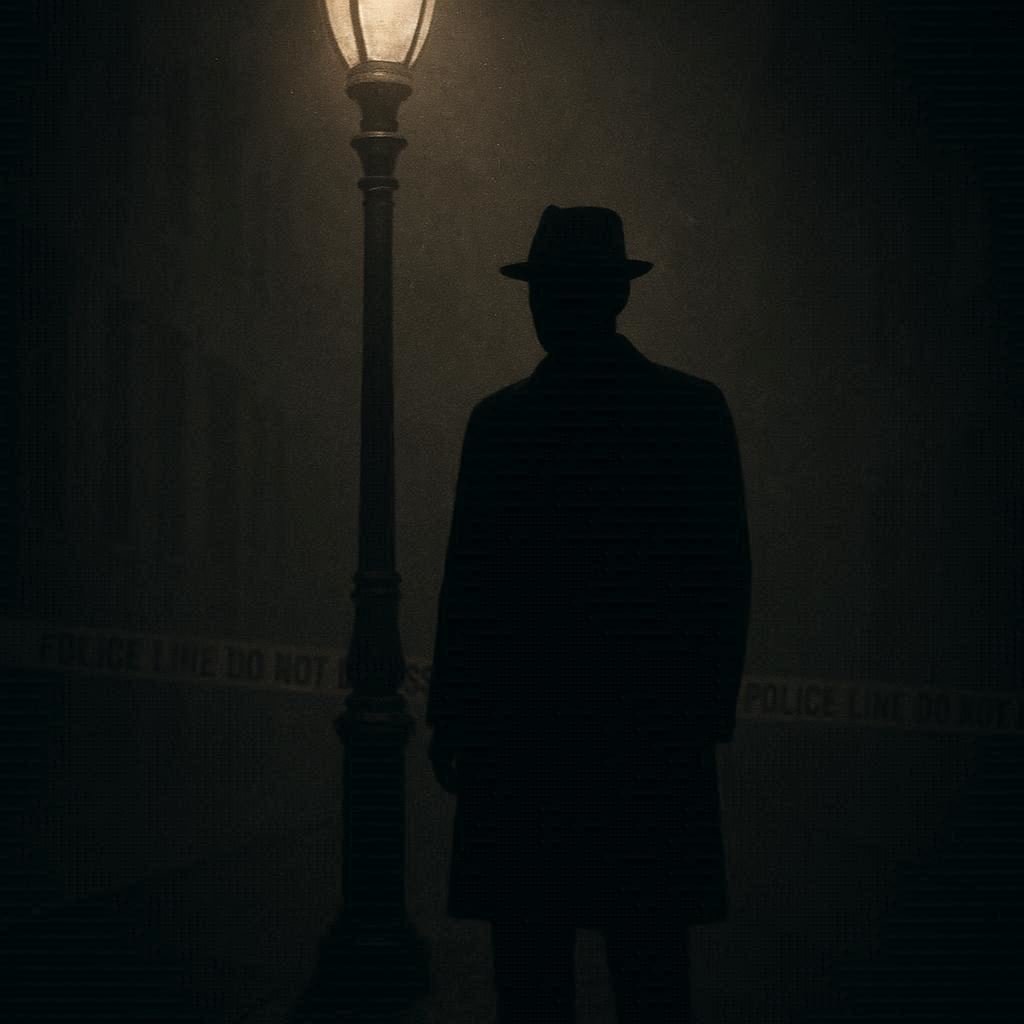If you were living in Boston in the early 1960s, you probably wouldn’t have felt safe in your own home. Imagine locking your doors, pulling your curtains shut, and still lying awake at night, your heart racing at the slightest sound. Because back then, there was someone out there—someone terrifying—who would become known as The Boston Strangler.
Between 1962 and 1964, thirteen women were brutally murdered in their own apartments. These weren’t random attacks on dark streets. They weren’t robberies gone wrong. These women were killed inside what should have been the safest place in the world—their homes. The city lived in fear. Police were desperate. Newspapers printed chilling headlines almost every week. And no one knew who would be next.
Decades later, the mystery would finally be solved, not by detectives pounding the pavement or chasing tips, but by something that didn’t even exist back in the 1960s: DNA.
But to understand how Albert DeSalvo was finally named the Boston Strangler, we have to go back to those first terrifying nights in Boston, when the killer struck for the very first time.
A City in Fear
It began in June 1962.
The first victim was a 55-year-old woman named Anna Slesers. She was found in her apartment, strangled with the belt of her own robe. Her body was left in a position so disturbing that even the seasoned detectives at the scene were shaken. What made it worse? There was no sign of forced entry. Whoever killed her had walked right in, or she had let him in herself.
Within weeks, another woman was murdered. Then another. And another.
All the victims were women, most of them living alone. They ranged in age from 19 to 85. Some were attacked with nylon stockings, others with scarves, belts, or cords. The killer almost always used something from inside the victim’s own home, which meant he didn’t bring a weapon—he just improvised with what was there. And again and again, the victims were left in shocking positions, as if the killer wanted to send a message.
Boston panicked. Women bought extra locks for their doors. They checked behind their curtains, under their beds. The newspapers gave the killer a name—the Boston Strangler—and that name became a dark cloud hanging over the city.
The Wrong Man
As the killings piled up, police followed every lead, but the Strangler seemed to vanish after each crime. Witnesses gave vague descriptions of a man seen near some of the apartments, but nothing solid.
Then, in 1964, the murders stopped. Just like that. No more killings.
Police didn’t have an arrest. They didn’t even have a strong suspect. And yet, Boston started to breathe again, cautiously. Maybe the killer had left town. Maybe he’d died. But nobody really knew.
That’s when Albert DeSalvo entered the story.
Who Was Albert DeSalvo?
On the surface, Albert DeSalvo didn’t look like a monster. He was a father, a husband, and worked as a construction laborer. But his past told a different story.
He had a long record of breaking and entering, stealing, and assault. And he had a disturbing habit: he would pose as a model scout or repairman, trick his way into women’s apartments, and then assault them.
In 1964, DeSalvo was arrested—not for murder, but for a string of assaults that earned him the nickname “The Measuring Man.” He would tell women he was a fashion scout, take their measurements, and then attack them.
When he was finally caught, he confessed—not just to those assaults, but to something far bigger. Behind bars, DeSalvo began telling fellow inmates that he was the Boston Strangler.
The police were stunned. DeSalvo gave detailed accounts of many of the killings—details that only the killer would know. He described the apartments, the way the women were left, even small things that hadn’t been released to the press.
But here’s where it gets strange: despite the confessions, there was no physical evidence. No fingerprints. No blood. No fibers linking DeSalvo to the crime scenes. All the police had were his words.
And to make it even murkier, some experts doubted him. DeSalvo was known for exaggerating, for seeking attention. Could he have learned details of the murders from newspapers or from talking to others in jail? Was he confessing to crimes he didn’t actually commit?
Still, the public wanted answers, and the police wanted the nightmare to end. DeSalvo was never officially tried for the Boston Strangler murders. Instead, he was convicted of his other crimes and sentenced to life in prison.
For years, people argued: Was Albert DeSalvo really the Boston Strangler, or just a criminal taking credit for something he didn’t do?
A Murder in Prison
If the story ended there, it would already be chilling. But it didn’t.
In 1973, Albert DeSalvo was stabbed to death in prison. He was 42 years old. He never stood trial for the stranglings, and he never gave a clear explanation for why he confessed. Some believed he admitted to the murders to gain fame, even infamy, while others thought maybe he’d struck some kind of deal to protect his family.
With his death, the truth seemed to die with him. For decades, people were left to wonder: was he really the Boston Strangler, or had the real killer walked away free?
Science Enters the Story
Decades rolled by. The world changed. Crime-solving changed. And one of the biggest changes was the rise of DNA technology.
By the 2000s, investigators began re-examining old evidence from the Strangler case. Maybe science could finally give them the answer they never had.
The key turned out to be the case of Mary Sullivan, the last known victim of the Boston Strangler. She was murdered in January 1964, just before the killings stopped. Some of the evidence from her apartment had been preserved, including biological material from the crime scene.
In 2013—almost fifty years after her death—investigators tested that evidence using modern DNA technology. And what they found was groundbreaking.
The DNA matched Albert DeSalvo.
It wasn’t just a close match—it was definitive. The odds of it belonging to anyone else were astronomical. After all the doubts, all the debates, the science had finally spoken.
Albert DeSalvo was the Boston Strangler.
The Chilling Confirmation
The announcement sent shockwaves through Boston and across the country. Families of the victims finally had confirmation. Detectives who had worked the case decades earlier finally had an answer.
But even with that confirmation, questions lingered. Did DeSalvo kill all thirteen women, or just some of them? Were some of the murders copycat crimes, carried out by someone else while the city was in panic?
The DNA could only link him to one victim, Mary Sullivan, but most experts believe he was responsible for many—if not all—of the murders attributed to the Strangler.
And so, nearly fifty years later, the nightmare that had haunted Boston was finally given a name. The man who had terrified a city, who had confessed but never been believed, was proven guilty not by his words, but by the silent truth of DNA.
The Legacy of Fear
The Boston Strangler case remains one of the most infamous in American history—not just because of the horror of the crimes, but because of the long shadow of uncertainty that stretched on for decades.
Think about it: entire generations of Bostonians grew up with the story of the Strangler whispered like a ghost story. Parents warned their daughters. Women lived with a fear that never fully went away.
And at the center of it all was Albert DeSalvo, a man who confessed but wasn’t believed, a man who died before he could face trial, and a man whose guilt was only proven when science finally caught up with the past.
It’s a story that shows how terrifyingly vulnerable we can be in our own homes, how desperate people are for answers in times of fear, and how sometimes the truth doesn’t come in the moment—it comes decades later, when the evidence finally finds its voice.
The Boston Strangler terrified a city, claimed thirteen lives, and left behind decades of questions. For years, people wondered if the killer had gotten away. But in the end, DNA—the one witness that never lies—pointed straight at Albert DeSalvo.
And that’s the part of this story that stays with you. The silence of the evidence, kept safe for fifty years, finally spoke. And when it did, it revealed the face of one of America’s most infamous killers.
Even now, people debate how many victims were truly his, but one thing is certain: the Boston Strangler’s reign of terror belongs to Albert DeSalvo.
And for the families of the victims, and for the city that lived in fear, that answer—though it came late—was finally enough.




